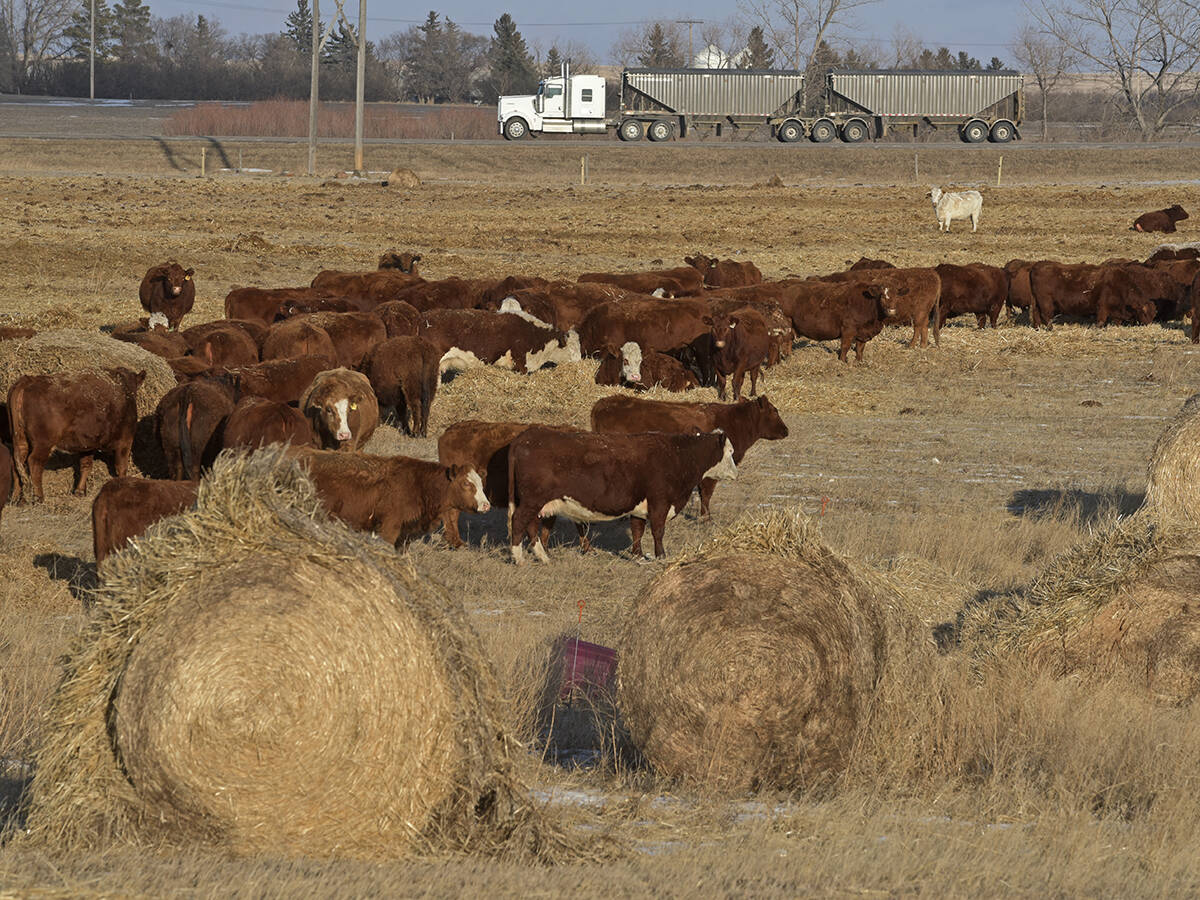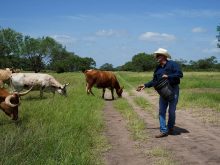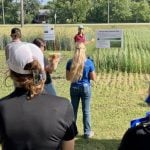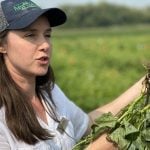Robby Fyn is so fascinated with Alberta history that it was understandable when he appeared in the Calgary Stampede parade driving five teams of oxen pulling a freight wagon.
The farmer from Linden, Alta., has become a one man publicity machine for the gentle giants since he got his first team from Nova Scotia three years ago as part of a personal project for the province’s centennial.
“This is an animal that doesn’t get recognized. The early land was broken by oxen,” he said.
Fyn came to Canada from Switzerland as a five year old and as an adult developed a fascination for western agricultural history.
Read Also

Canadian Cattle Association hopeful of agreement with Alberta group
The Canadian Cattle Association is optimistic the two parties will work through the issues ABP identified and resolve them before the July 1, 2026, withdrawal date.
In the early days before Alberta became a province, oxen were used to bring supplies north from Fort Benton in Montana. The early homesteaders used the sturdy teams to break the tough prairie sod.
Oxen are steers of any cattle breed that have been trained to work together.
Fyn has travelled back and forth to Nova Scotia, where raising oxen has been elevated to a science, to find the right steers for the perfect team.
He has owned his perfectly matched Hereford oxen for three years, bringing them out from the East where the oxen are popular for farm work and exhibitions like plowing matches.
“It’s a favourite pastime learning to put them together. It’s a culture all its own,” said Fyn.
The steers are matched when they are young calves. It is an art to put together a pair with the right body type and temperament, feeding them to get them to grow evenly and develop as a good pulling team.
Fyn’s oxen are Herefords with broad white faces, upward curving horns and the temperament of kittens. The horns are trained to grow upwards with a small metal tip added to prevent any accidents. The horns continue growing as long as the oxen live, which could be 20 years.
On his farm at Linden north of Calgary, where he and his wife Phyllis own about 1,000 ewes, he uses his oxen for regular farm work, plowing the garden, hauling manure and driving.
“I have a 300 horsepower tractor that I use to grind feed,” he said.
The oxen listen to commands and hear orders like “stand off,” which means stop, and “stand in” to make them move. “Gimme an inch” tells them to move slightly.
To further commemorate the Alberta centennial, Fyn has built a small old-time village on the farm that includes a smithy, barrel and harness making shops and store. He also builds and remodels wagons.
In his blacksmith shop, with the help of friends and family, the oxen are shod with special shoes on each side of the cloven hoof.
Since cattle can’t balance themselves during shoeing, they are led onto a special ramp and secured, so each foot can be shod.















